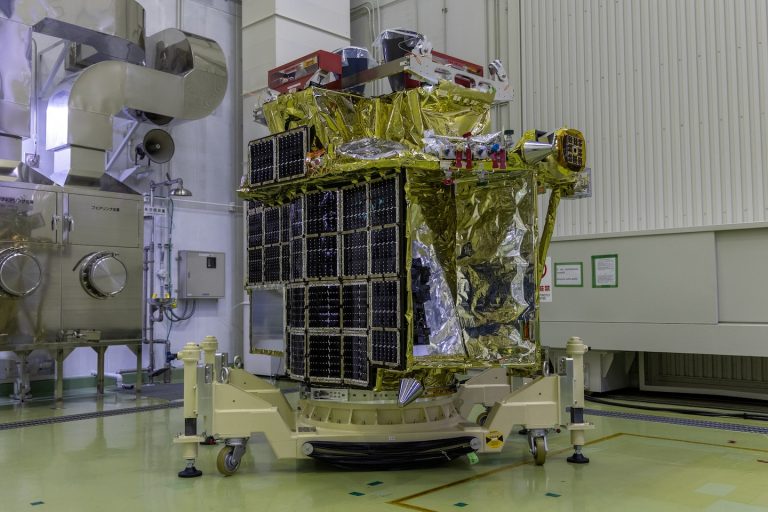“The goal of this mission is to land where you want, rather than land where you can land,” said Hiroyuki Kamata, a professor at Meiji University in Tokyo who helped develop the vision-based navigation system for SLIM. The lunar lander is known.
The vehicle, which does not have any people on board, is part of a mission to uncover the moon's origins by analyzing the composition of the rocks, according to the Japan Aerospace Exploration Agency. It would also facilitate sampling of lunar permafrost, which could help uncover secrets about the Moon's water resources.
The spacecraft is aiming to land near a small lunar impact crater called Shiuli, near the Nectar Sea, at 10 a.m. EDT on Friday. The plane aims to land within 327 feet (100 meters) of its target, which is much more ambitious than the usual landing zone of several kilometers.
The Japan Aerospace Exploration Agency launched the spacecraft in September, and it entered lunar orbit on December 25. On Monday, the Japan Aerospace Exploration Agency confirmed that it would begin landing on Friday.
“The biggest challenge is the fact that we only have one chance,” SLIM project manager Shinichiro Sakai said last month. He added: “The final test will be during the last 20 minutes of landing. What we spent 20 years developing will be tested in just 20 minutes. We must achieve this.”
The vehicle uses a vision-based navigation system to achieve an accurate landing. During SLIM's descent, cameras will capture images of craters on the moon's surface. Using a fast image-matching algorithm on board, the images are matched with craters on lunar maps to determine the exact location, and the system will adjust the trajectory until the SLIM reaches the target landing site.
If the landing is successful, SLIM will have launched two probes equipped to photograph the landing scene, allowing crews on Earth to monitor the status of the spacecraft. The probes will also provide “an autonomous communication system for direct communication with Earth,” according to the Japan Aerospace Exploration Agency.
Data collected through SLIM will also be used in NASA's Artemis Project, a US effort to put astronauts on the moon and build a sustainable presence there.
“With the advancement of technology and data, gone are the days when merely exploring ‘somewhere on the moon’ was desirable,” Sakai said. “There is now an increasing demand to identify specific targets such as craters and rocks on the lunar surface.”
If the project is successful, the technology will make it easier and more economical for future robotic probes to land precisely at their target locations, Meiji University's Kamata said. “I imagine this technology will become useful if we want to build some kind of base on the moon in the future.”
Tomokatsu Murota, an associate professor at the University of Tokyo who specializes in lunar and planetary exploration, said precision landing would be a “huge advantage in the future industrialization of water resources,” which is one of the goals of the current round of lunar probes. Water is believed to exist in the form of ice in permanently shaded craters, and would be an important source not only for supporting human existence, but also for the potential manufacture of rocket fuel.
Several countries have recently attempted to land on the moon, with mixed results. India successfully landed a spacecraft on the moon in August. But an attempt by Japanese company ISpace in April failed, as did an attempt by Russia in August.
NASA is also working to send a fleet of unmanned spacecraft to the lunar surface ahead of astronaut missions as part of its Artemis program. The first of these flights, launched earlier this month, was unsuccessful when the spacecraft, developed by Astrobotic, a Pittsburgh-based company, began leaking fuel. As the spacecraft was traveling deep into space, it did not have enough fuel to make a smooth landing and ended up returning to Earth, where it burned up in the atmosphere.
Another American company, Intuitive Machines, is scheduled to launch a spacecraft to the moon next month. If successful, it will be the first American space mission in more than 50 years to softly land on the moon, as well as the first commercial spacecraft to land on the moon.
Later this year, China plans to land a rover on the far side of the moon in an attempt to return samples to Earth. This mission will mark China's second landing on the far side of the moon. In 2019, China became the only country to successfully land on the far side of the moon. In 2020, a Chinese spacecraft returned samples from the lunar surface, another sign of China's growing space capabilities.

